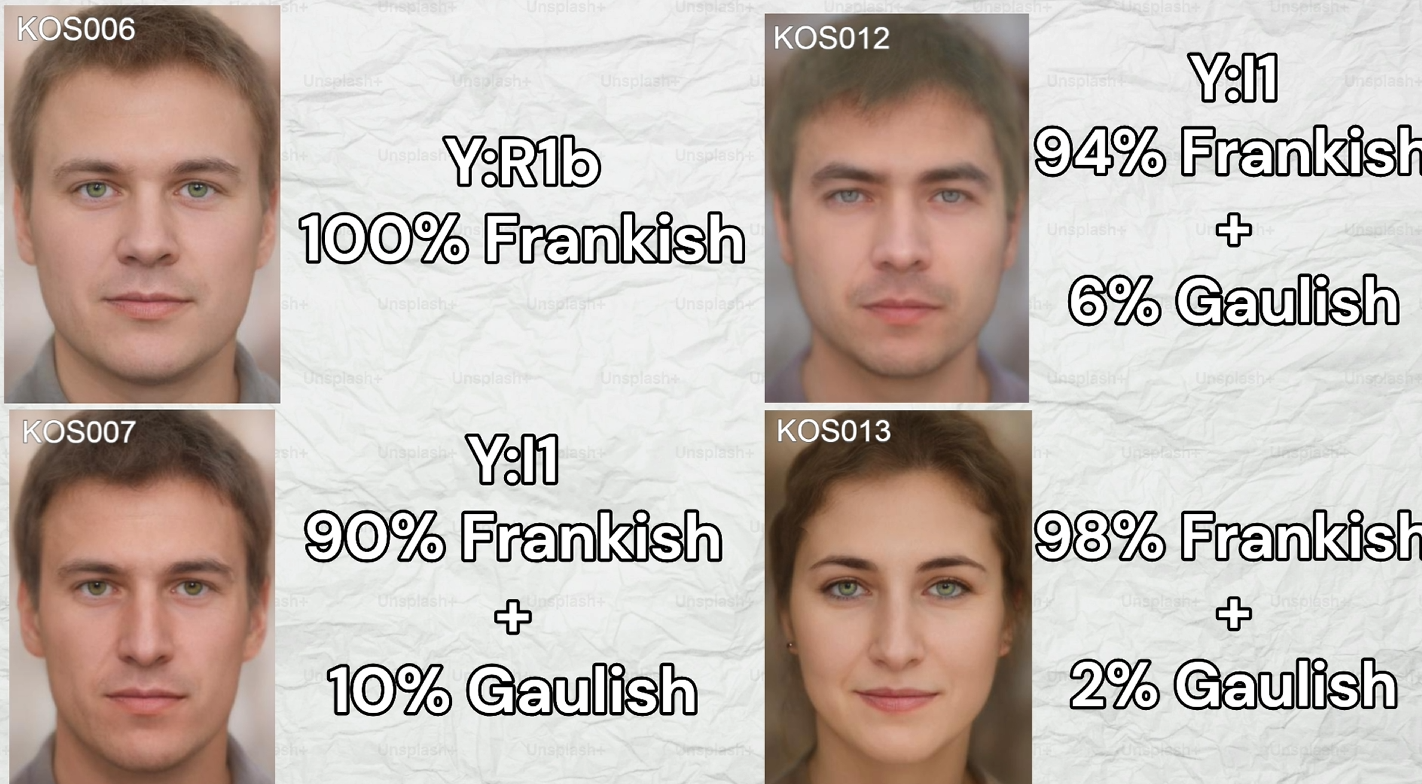
Franks medieval Flanders
The Franks were a prominent Germanic people who played a key role in shaping medieval European history, particularly from the 5th to the 9th centuries. Emerging during the late Roman Empire, they founded what became the Carolingian Empire, a foundation for modern France and Germany.
The Franks descended from various Germanic tribes that inhabited the lower Rhine region in modern-day Germany and the Netherlands during the Roman era. They were part of the larger cultural group known as the West Germanic tribes, alongside the Saxons, Angles, and Alamanni.
By the 3rd and 4th centuries CE, the Franks began migrating southward and westward, establishing themselves in Roman Gaul. After the collapse of the Western Roman Empire, they expanded further into modern France, Belgium, the Netherlands, and parts of Germany.
The Franks fought with and against various groups during their rise, their list of nemesis includes the Romans, Visigoths, who they defeated in the battle of Vouillé in 507 AD, Alemanni, Saxons, and even Iberian muslims, who the franks defeated in 732 in the Battle of Tours.
The first king to unite the Frankish tribes under one rule and convert to Christianity, aligning the Franks with the Roman Catholic Church was Clovis the first. But the most well known historical Frank is without a doubt charlemagne, who was Crowned Emperor of the Romans in 800 CE by Pope Leo the third, reviving the idea of a unified Christian Europe, and actually unified large swathes of Germanic and Celtic Europe under his Carolingian empire.
Frankish clothing reflected practicality and status, men wore Tunics made of wool or linen, fastened with belts. Women wore Long dresses with layered tunics. Veils were common among women.
Early Frankish pottery was simple and utilitarian, often hand-crafted and undecorated. By the Carolingian period, wheel-thrown pottery became more common, with improved quality and designs.
Early Frankish buildings were primarily wooden, including longhouses and fortifications. Churches were initially small and simple, reflecting the transition from paganism to Christianity. Later on, The Franks pioneered the use of stone in large-scale buildings, heavily influenced by Roman models.
Frankish unification of much of western Europe under Christian rule laid the foundation for the Holy Roman Empire. The Franks' assimilation of Roman traditions ensured the survival and adaptation of classical culture in the Middle Ages.
For this video, I gathered 4 pure Frankish samples from a study called “Capturing the fusion of two ancestries and kinship structures in Merovingian Flanders”, they range from 100 to 90% Frankish ancestry, the remaining ancestry being Gaulish. There are 3 males and 1 female among them. One of the men carried Y lineage R1b, while the other two carried Y lineage I1.
Overall, these individuals resemble Danes most closely, followed by Norwegians and the Dutch. These Franks can be model in G25 as a mixture of Danes, the Dutch, and Norwegians.
